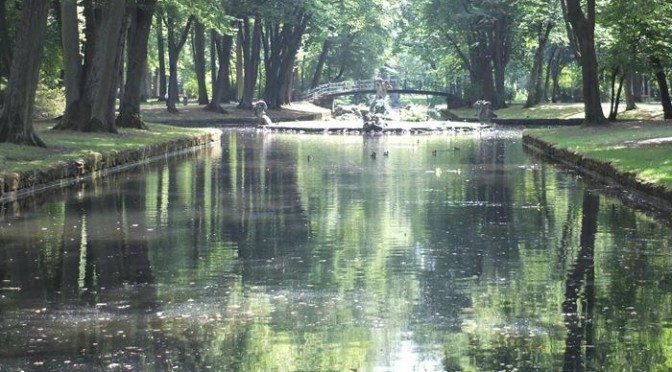
Bayreuth is a small city in the Franconia region of Northern Bavaria that has a long history. Bayreuth’s beginnings are traceable back to the late 1100’s after which it eventually became the home of the region’s rulers. It has an elegant, cultured feel to it today — it is a university town — a place of beautiful buildings, manicured parks, numerous museums, and a world-renowned music center.

Once the home of Richard Wagner and Franz Lizst, nowadays the annual Bayreuth Festival features performances of operas by the 19th-century composer Wagner in the city he once called home and is his final resting place.
Bayreuth is home to about 75,000 people. The University has about 10,000 students. I was impressed by the vibrant street life and cafe culture I encountered strolling through the city center. I now know that you can’t neglect to talk about the vibrant beer culture in Bayreuth as well. You can read about my exploration of the beer culture of Bayreuth here.
There is certainly far more to see and absorb in Bayreuth than was possible in my short visits there this summer, but I want to share a taste of some of my takeaways in images and pictures that follow.













Homages to Richard Wagner are all over Bayreuth. The city is home to the Margravial Opera House, said to be one of the most beautiful opera venues in the world. Wagner determined it was not suitable for performances of his works (the orchestra pit was too small) so he gained the community’s support to build his own festival hall (the Festspielhaus) nearby for performance of his works. The Festspielhaus was completed in 1876 and the Bayreuth Festival has taken place there ever since. The Festival has been sold out for decades and I’ve read that the wait list for tickets is more than ten years.


















I didn’t get there during the day, but I was invited out to Sommernachtsfest, a summer night festival on the grounds of the Hermitage. The event harks back 250 years to a time when the rulers of the area invited the townspeople to a festival at the estate. The event featured several entertainment stages, food & beer, lighting effects and fireworks. All of this while wandering this large, historic estate/garden. The Hermitage was built in the 1700’s and features beautiful gardens with interesting themed fountains, ponds, and structures dotted throughout.





Leave a Reply